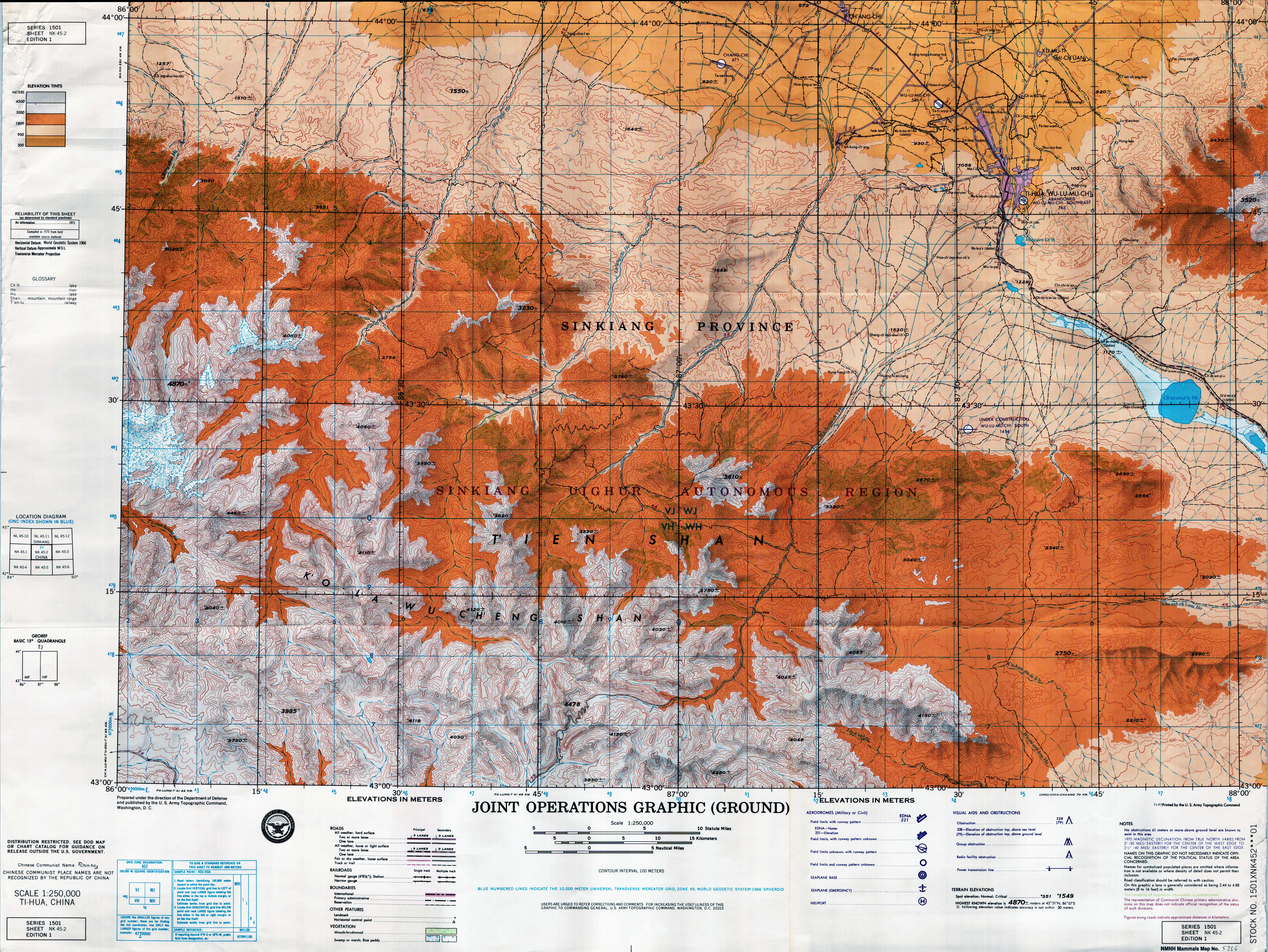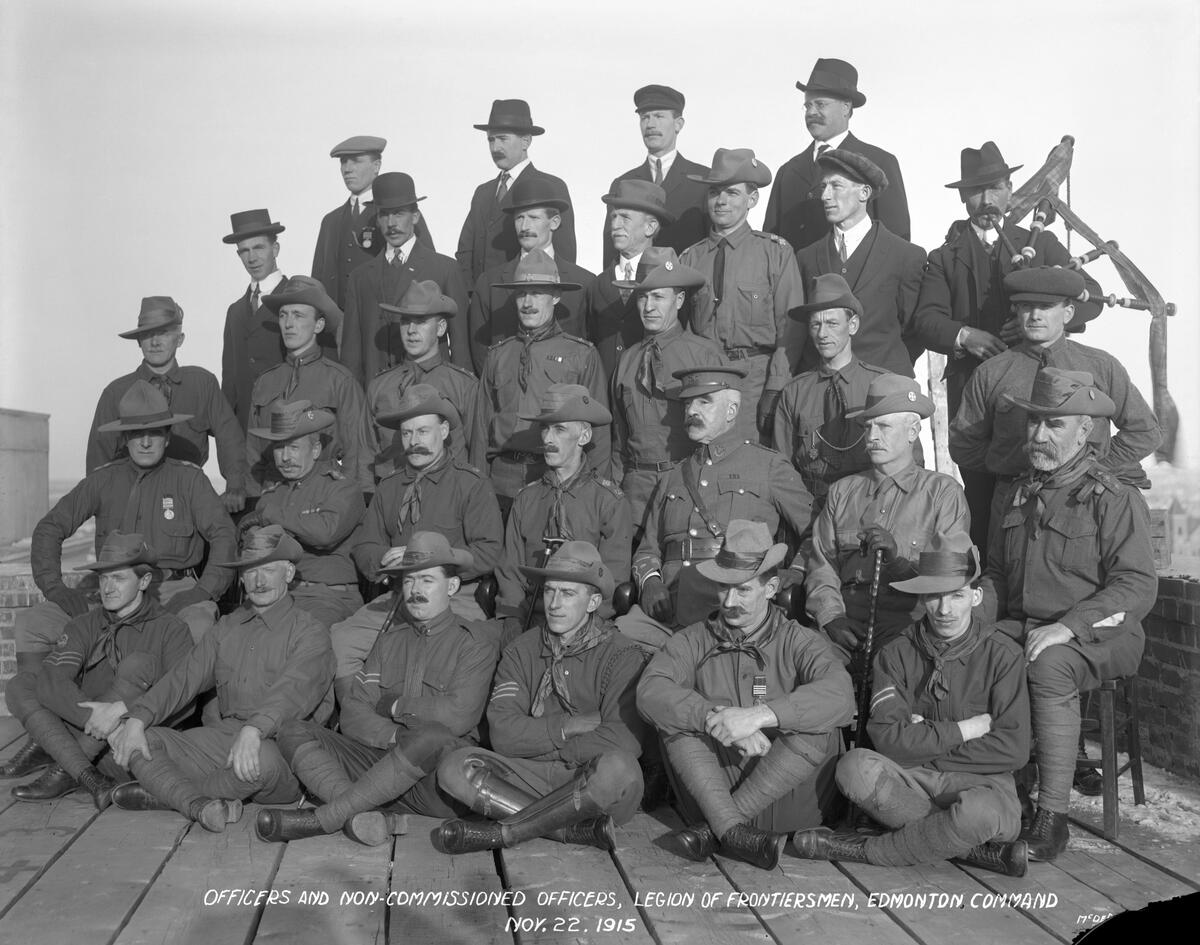|
152nd Regiment (XPCC)
The 152nd Regiment of Xinjiang Production and Construction Corps (), also known as the 152nd Regiment of the XPCC (), is an economic and paramilitary formed unit, that is part of the 8th Division (). It was formerly known as the Independent Regiment of the XPCC () formed in 1965. The regiment is headquartered in the south of Shihezi City, Xinjiang Uygur Autonomous Region, China. It is composed of 7 agricultural construction companies. As of the 2010 census, its population was 3,205. The 152nd Regiment is stationed at No. 294, 1st North Road, 26th Block, Shihezi City. The geographical coordinates of its reclamation area are 44°19′10′′- 44°10′59′′ north latitude, 85°55′45′′- 86°07′35′′ east longitude, 15.6 km wide from east to west, 15.1 km long from north to south, with a total area of 39.32 square kilometers, of which 2,446 hectares of arable land. The elevation in the reclamation area is low in North and high in South, low in West and ... [...More Info...] [...Related Items...] OR: [Wikipedia] [Google] [Baidu] |
Xinjiang Production And Construction Corps
The Xinjiang Production and Construction Corps (新疆生产建设兵团; abbreviated as 新疆兵团, or XPCC in English), also known as ''Bingtuan'', trading with the external name China Xinjian Group, is a state-owned enterprise and paramilitary organization in the Xinjiang Uyghur Autonomous Region of the People's Republic of China (PRC). The XPCC was established in 1954 under the orders of Mao Zedong, and developed sparsely populated areas in its early decades, taking the model of the traditional '' tuntian'' system of setting military units in frontier areas. The XPCC was severely damaged during the Cultural Revolution, and was outright abolished in 1975, before being re-established in 1981, partly due to the Soviet-Afghan War. It re-established its economic dominance over Xinjiang afterwards, also being responsible for maintenance against the " three evils" (separatism, religious extremism, and terrorism). In its history, the XPCC has built farms, towns, and cities, pr ... [...More Info...] [...Related Items...] OR: [Wikipedia] [Google] [Baidu] |
Ürümqi
Ürümqi, , is the capital of the Xinjiang, Xinjiang Uyghur Autonomous Region in Northwestern China. With a census population of 4 million in 2020, Ürümqi is the second-largest city in China's northwestern interior after Xi'an, also the second-largest in Central Asia in terms of population, right after Kabul, Afghanistan. Ürümqi has seen significant economic development since the 1990s and currently serves as a List of transport topics#Nodes, regional transport node and a cultural, political and commercial center. Etymology The name Ürümqi comes from the Mongolic languages, Mongolic Oirat language and means "beautiful pasture" (, ). It was originally the name of a small town founded by the Mongolic peoples, Mongolic, Oirat-speaking Dzungar people, Dzungars. The Qing dynasty took Ürümqi by force in 1755, during Dzungar–Qing Wars, its conquest of the Dzungar Khanate. Qing forces expanded the town into a walled city from 1763 to 1767, and upon completing the expan ... [...More Info...] [...Related Items...] OR: [Wikipedia] [Google] [Baidu] |
Shihezi University
Shihezi University (SHZU) is a public university in Shihezi, Xinjiang, China. Founded in 1996, it is affiliated with the Xinjiang Production and Construction Corps, and co-funded by the Ministry of Education and the Corps. The university is part of Project 211 and the Double First-Class Construction. History Shihezi University was officially formed in September 1996 with the merge of Shihezi Medical College (est. 1949), Shihezi Agricultural College (est. 1959), XPCC Vocational College of Economics (est. 1959), and XPCC Vocational College of Education (est. 1960). Academics Shihezi University offers 10 specialties—Agriculture, Medicine, Engineering, Economics and Trade, Management, Literature and Arts, Sciences, Education, Law, and History. It has 23 colleges, offering 10 doctorate degrees, 60 master's degrees, 97 bachelor's degrees, 1 pre-university senior middle school program, five specialties that enroll on-job-teachers for master's degrees, two post-doctoral scientific w ... [...More Info...] [...Related Items...] OR: [Wikipedia] [Google] [Baidu] |
Nanjing Military Region
The Nanjing Military Region () was one of the former seven military command regions for the Chinese People's Liberation Army. Its jurisdiction covered all military and armed police located in Anhui, Jiangsu, Zhejiang, Jiangxi, Fujian, and Shanghai. It also covered Taiwan, which is claimed by the People's Republic of China but administered by the Republic of China. The final head of the region was Cai Yingting. This region is now part of the Eastern Theater Command. The 60th Corps was active in the Nanjing Military Region until disbanded in late 1985. In 2005, the International Institute for Strategic Studies listed the formation with an estimated 250,000 personnel, three group armies (1st, 12th, and 31st Group Armies), two armoured, one mechanised infantry, three motorised infantry, and one artillery division. There were also one armoured, four motorised infantry, two artillery, three anti-aircraft brigades, plus an anti-tank regiment. The headquarters for the East Sea F ... [...More Info...] [...Related Items...] OR: [Wikipedia] [Google] [Baidu] |
Beijing Military Region
The Beijing Military Region was one of seven military regions for the Chinese People's Liberation Army. From the mid-1980s to 2017, it had administration of all military affairs within Beijing city, Tianjin city, Hebei province, Shanxi province, and Inner Mongolia Autonomous Region. The Region is mainly responsible for defending the People's Republic of China from Mongolia and Russia, and also protects the capital of China, and had the largest number of military personnel of any of the seven regions active from 1985 to 2017. The Region has now been disbanded and superseded by the Central Theater Command and Northern Theater Command. Both the 63rd and 65th Corps/Group Armies were stationed in the Beijing area after returning from the Korean War and remained in the region ever since, becoming Group Armies after 1985. The 13th Air Force Corps was stationed at Shijiazhuang in Hebei Province from 1971 to 1976. On 26 October 1988 the 17th Air Division was reorganized into the Beij ... [...More Info...] [...Related Items...] OR: [Wikipedia] [Google] [Baidu] |
Shenyang Military Region
The Shenyang Military Region was one of seven military regions for the Chinese People's Liberation Army. It has command and control of military and armed police forces in the three northeast provinces of Jilin, Heilongjiang, and Liaoning, which also form Military Districts. This region is now superseded by the Northern Theater Command. The Shenyang Military Region was left with unchanged boundaries since the late 1960s. It is bordered internally by the Beijing Military Region to the west. Externally, it is bordered by North Korea to the south east and the Russian Far East to the north. Prior to the Cultural Revolution, military region commanders tended to remain in post for long periods. As the PLA took a stronger role in politics, this began to be seen as something of a threat to party (or, at least, civilian) control of the military. Two commanders served for long periods in the Shenyang MR, Chen Xilian, from 1959 to 1973, and Li Desheng from 1974 to 1985. As of 15 March ... [...More Info...] [...Related Items...] OR: [Wikipedia] [Google] [Baidu] |
Kuytun
Kuytun () or Kuitun ( zh, c=奎屯) is a county-level city with about 285,000 residents (2000 census) in Ili Kazakh Autonomous Prefecture, Xinjiang, China. Kuitun is located between Wusu and Shihezi on the Lanxin railway, railway from Ürümqi to Kazakhstan, close to a desert. Kuytun has historically been associated with the 7th Division of Xinjiang Production and Construction Corps, 7th Xinjiang Agriculture Construction Division (), which ran the city until 1975 but still administers its Tianbei New Area. Local industries include food processing and textile industries, as well as Kuitun Power Plant. Name The name ''Kuytun'' is from the Mongolian language, Mongolian word "" (), which literally means "cold". The Chinese name ''Kuiteng'' () first appeared in the official historical book ''History of Yuan'', and referred to the Kuytun River. According to legend, during Genghis Khan's campaign of Mongol invasions and conquests, westard expansion, some of his troops were stationed i ... [...More Info...] [...Related Items...] OR: [Wikipedia] [Google] [Baidu] |
China National Highway 312
China National Highway 312 (312国道), also referred to as Route 312, is a key east-west route beginning in Shanghai and ending at Khorgas, Xinjiang in the Ili River valley, on the border with Kazakhstan. In total it spans , passing through Jiangsu, Anhui, Henan, Shaanxi, Gansu before ending in Xinjiang. Besides Shanghai, cities of note on the route include Suzhou, Wuxi, Nanjing, Hefei, Xinyang, Nanyang, Xi'an, Lanzhou, Jiayuguan and Ürümqi. The road was the subject of Rob Gifford's 2007 book '' China Road'', in which he describes traveling the entire length of Route 312 from the East China Sea to Central Asia. The G40 Shanghai–Xi'an Expressway has replaced National Highway 312 as the main route between those two cities. Route and distance Accidents On October 10 2019, a bridge of G312 crossing Xigang Road in Wuxi was collapsed by several overloaded trucks, killing 3 people and injuring 2 others. See also * China National Highways * U.S. Route 66 Reference ... [...More Info...] [...Related Items...] OR: [Wikipedia] [Google] [Baidu] |
Paramilitary
A paramilitary is a military that is not a part of a country's official or legitimate armed forces. The Oxford English Dictionary traces the use of the term "paramilitary" as far back as 1934. Overview Though a paramilitary is, by definition, not a military, it is usually equivalent to a light infantry or special forces in terms of strength, firepower, and organizational structure. Paramilitaries use combat-capable kit/equipment (such as Internal security vehicle, internal security/SWAT vehicles), or even actual military equipment (such as Long gun, long guns and Armoured personnel carrier, armored personnel carriers; usually military surplus resources), skills (such as battlefield medicine and bomb disposal), and tactics (such as urban warfare and close-quarters combat) that are compatible with their purpose, often combining them with skills from other relevant fields such as law enforcement, coast guard, or search and rescue. A paramilitary may fall under the command of a ... [...More Info...] [...Related Items...] OR: [Wikipedia] [Google] [Baidu] |
Sixth National Population Census Of The People's Republic Of China
The 2010 Chinese census, officially the Sixth National Population Census of the People's Republic of China (中华人民共和国第六次全国人口普查), was conducted by the National Bureau of Statistics of the People's Republic of China with a zero hour of November 1, 2010. Census procedure Census procedure was governed by the Regulations on National Population Census and the Circular of the State Council on the Conduct of the 6th National Population Census. The census cost 700 million RMB. Results The main findings of the census were published on April 28, 2011. Total population It found the total population of Mainland China to be 1,339,724,852 persons, an increase of 73,899,804 persons from the previous census conducted in 2000. This represented a growth rate of 5.84% over the decade, and an average annual growth rate of 0.57%. The population undercount rate of the census was estimated at 0.12%. The census also listed the population of Hong Kong Special Administrativ ... [...More Info...] [...Related Items...] OR: [Wikipedia] [Google] [Baidu] |
Companies (military Unit)
A company is a military unit, typically consisting of 100–250 soldiers and usually commanded by a major or a captain. Most companies are made up of three to seven platoons, although the exact number may vary by country, unit type, and structure. Usually several companies are grouped as a battalion or regiment, the latter of which is sometimes formed by several battalions. Occasionally, ''independent'' or ''separate'' companies are organized for special purposes, such as the 1st Air Naval Gunfire Liaison Company or the 3rd Force Reconnaissance Company. These companies are not organic to a battalion or regiment, but rather report directly to a higher level organization such as a Marine Expeditionary Force headquarters (i.e., a corps-level command). Historical background The modern military company became popularized during the reorganization of the Swedish Army in 1631 under King Gustav II Adolph. For administrative purposes, the infantry was divided into companies consist ... [...More Info...] [...Related Items...] OR: [Wikipedia] [Google] [Baidu] |





